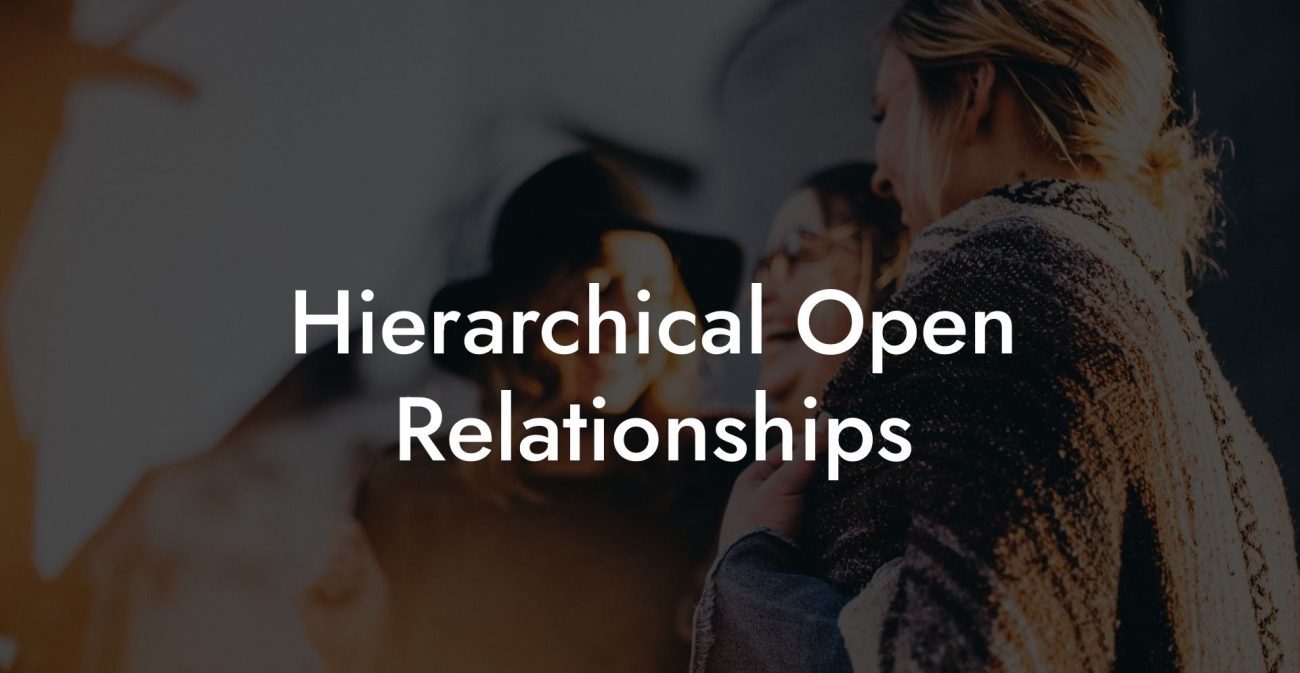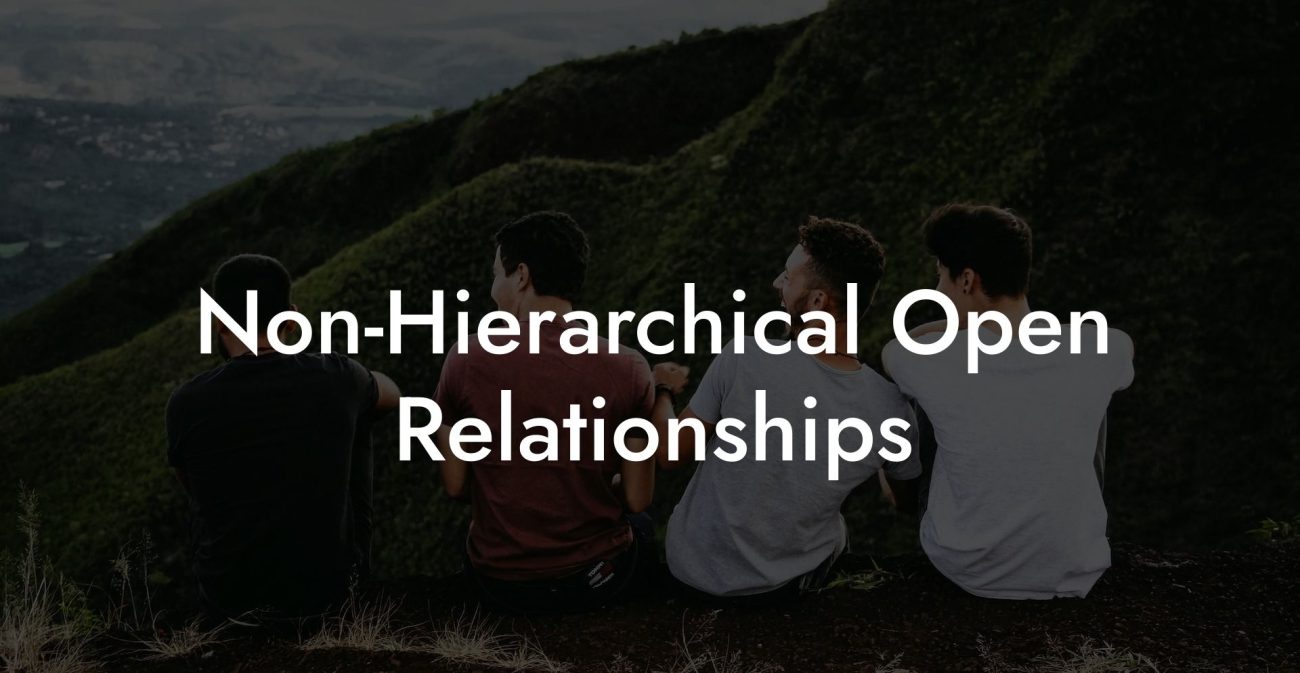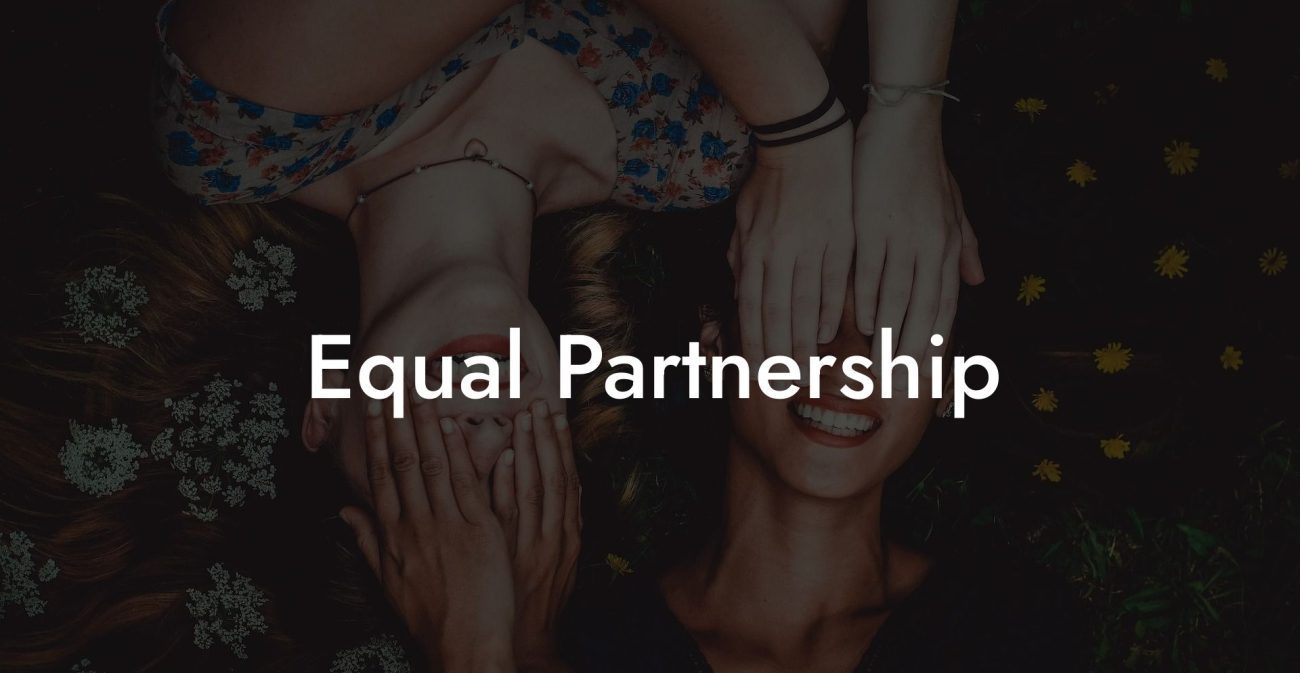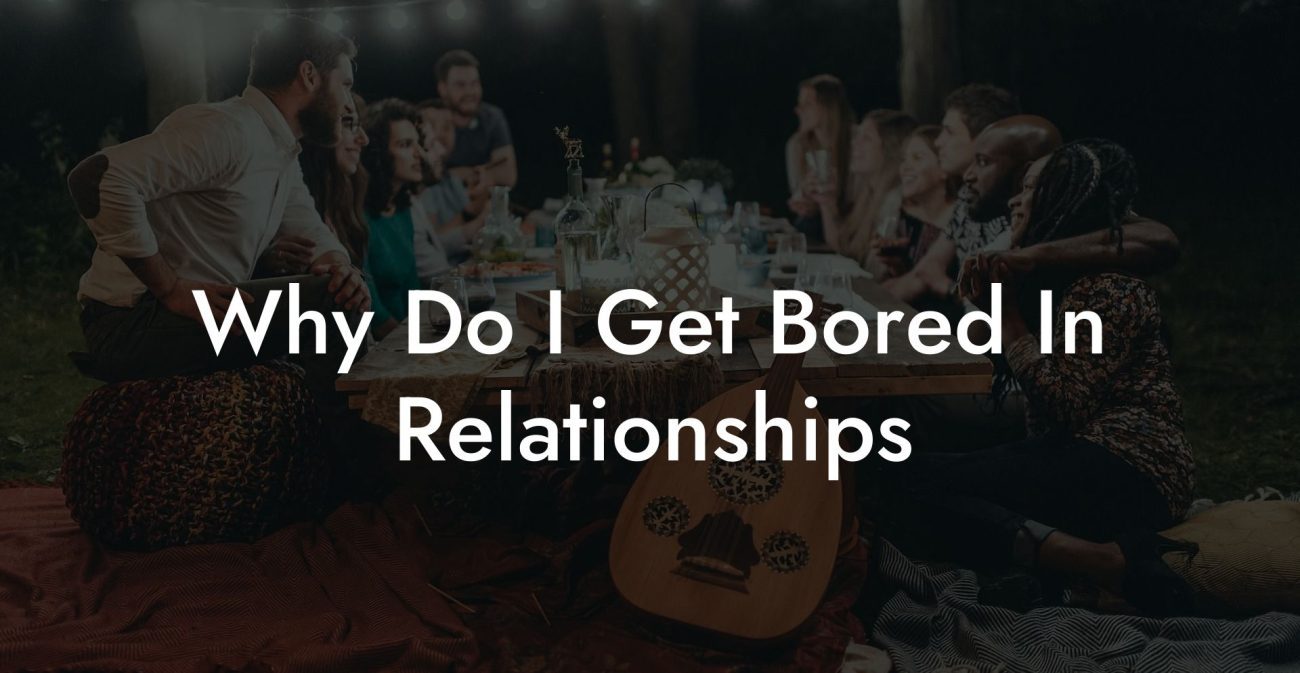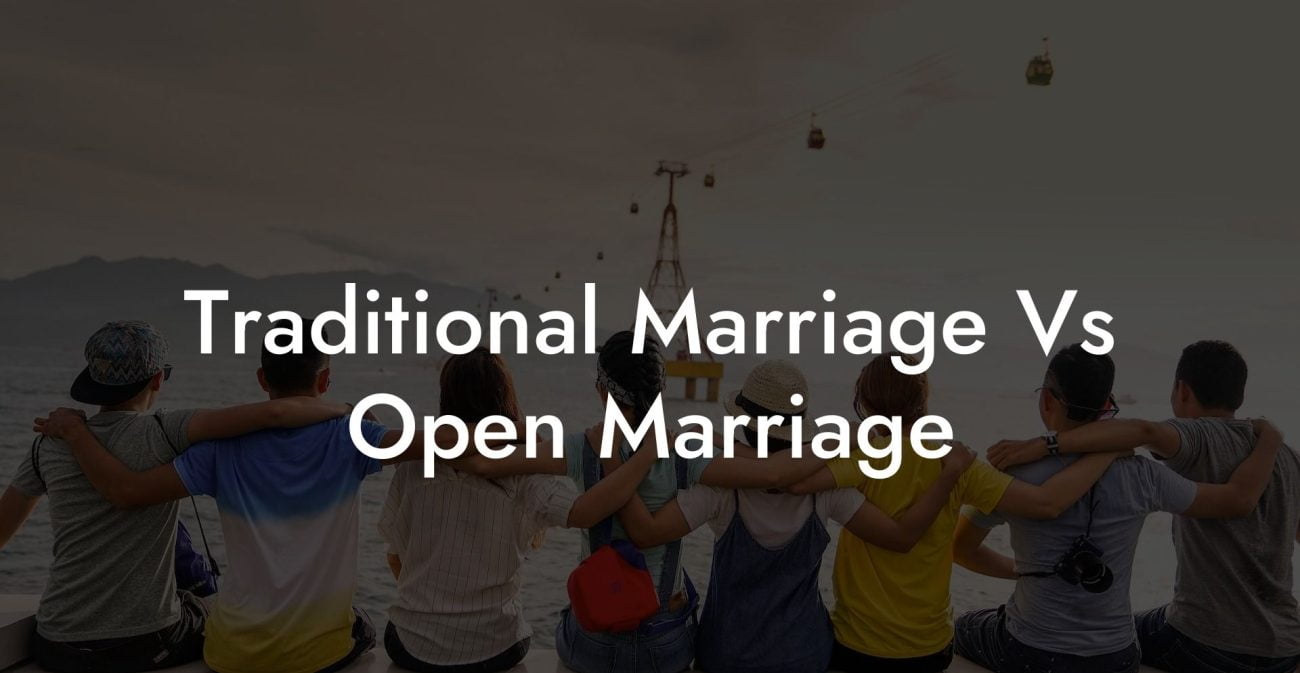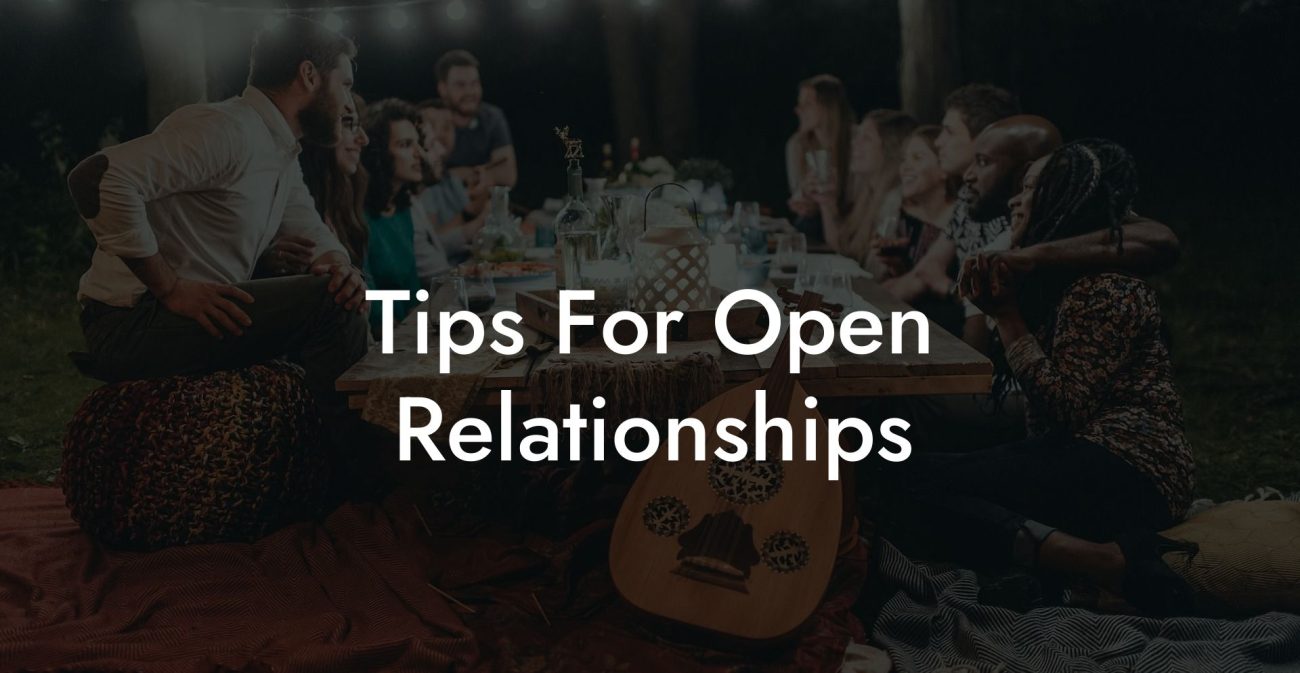Polyamory vs Polygamy: Key Differences

Although both polyamory and polygamy involve multiple intimate relationships, they differ significantly in their structures, levels of commitment, cultural roots, legal recognition, and ethical frameworks. In this guide, we will delve into the definitions, historical backgrounds, emotional dynamics, practical challenges, and benefits of each model, providing you with a clear understanding of the key differences between polyamory and polygamy.
Quick Links to Useful Sections
- Understanding Polyamory
- Definition and Core Principles
- Historical and Cultural Context
- Understanding Polygamy
- Definition and Variations
- Key Differences Between Polyamory and Polygamy
- Relationship Structure and Commitment
- Legal Recognition and Rights
- Communication and Emotional Dynamics
- Cultural and Social Implications
- Ethical Considerations
- Benefits and Challenges
- Benefits of Polyamory
- Challenges of Polyamory
- Benefits of Polygamy
- Challenges of Polygamy
- Practical Strategies for Navigating These Relationship Models
- Self-Reflection and Goal Setting
- Enhance Communication Skills
- Set Clear, Flexible Boundaries
- Prioritize Self-Care and Emotional Well-Being
- Build a Supportive Community
- FAQ: Your Polyamorous vs Polygamy: Key Differences Questions Answered
Whether you are new to the concept of non-monogamous relationships or you have been exploring alternative models for some time, this resource is designed to help you navigate the complexities of these diverse relationship structures. By examining each model in detail and comparing them across various dimensions, you can gain valuable insights that will help you decide which approach best aligns with your personal values, lifestyle, and relationship goals.
Understanding Polyamory
Definition and Core Principles
Polyamory is the practice of engaging in multiple consensual romantic and/or sexual relationships simultaneously. Derived from the Greek prefix “poly-” meaning “many” and the Latin word “amor” meaning “love,” polyamory is based on the belief that love is abundant and not restricted to one person. In polyamorous relationships, all participants are aware of and consent to the existence of multiple relationships, and there is a strong emphasis on transparency, communication, and ethical behavior.
The core principles of polyamory include:
- Consensual Non-monogamy: Every relationship is entered into with the informed and enthusiastic consent of all parties involved.
- Transparent Communication: Open, honest dialogue is crucial for discussing needs, boundaries, and expectations, as well as for resolving conflicts.
- Flexibility: Polyamorous arrangements can vary widely, from hierarchical structures with designated primary partners to non-hierarchical relationships where all connections are considered equal.
- Trust & Mutual Respect: Each individual’s autonomy and personal growth are valued, and partners strive to create a supportive network that honors everyone’s emotional and practical needs.
- Emotional Depth: Many who practice polyamory seek deep, meaningful connections with multiple people, building a diverse emotional support system.
Historical and Cultural Context
While the term “polyamory” is relatively modern, the concept of maintaining multiple romantic relationships is not new. Throughout history, various cultures have embraced forms of non-monogamy, even if they did not use the label polyamory. Indigenous cultures, certain ancient civilizations, and modern progressive communities have all contributed to the evolving narrative of polyamory. Today, polyamory is increasingly recognized in communities that value individual freedom, inclusivity, and the belief that love is expansive.
Social acceptance of polyamory is growing, particularly in urban and progressive areas. However, polyamorous relationships often exist outside the legal frameworks established for monogamous marriages, which can pose unique challenges regarding rights and benefits.
Understanding Polygamy
Definition and Variations
Polygamy is the practice of having more than one spouse simultaneously. It is traditionally divided into two primary forms:
- Polygyny: A form of marriage where one man is married to multiple women. This is the most common type of polygamy worldwide and is often practiced for cultural, religious, or economic reasons.
- Polyandry: A less common form of polygamy where one woman is married to multiple men. Polyandry is practiced in very few cultures, typically for reasons such as economic necessity or social structure.
Polygamy is deeply rooted in history and tradition. In many societies, plural marriages have been used to strengthen family bonds, manage resources, and enhance social status. The practice is often legally and culturally sanctioned in regions where it has been part of the social fabric for generations.
Historical and Cultural Context
Polygamous relationships have been practiced in various forms throughout history. In many parts of Africa, the Middle East, and Asia, polygyny has served as a means to create large family networks that support economic survival and social stability. Religious texts and cultural traditions have often provided a framework for these practices. Despite modern legal restrictions in many Western countries, polygamy remains a part of cultural and religious identity in certain communities, where it is viewed as an accepted and traditional practice.
The cultural acceptance of polygamy varies widely. In societies that have a long history of plural marriage, it is often seen as a practical and respected institution. Conversely, in Western contexts, polygamy is typically stigmatized and legally prohibited, largely due to historical shifts toward monogamy.
Key Differences Between Polyamory and Polygamy
Relationship Structure and Commitment
Polyamory: In polyamorous relationships, individuals have multiple consensual romantic or sexual connections. The commitment in polyamory is flexible and can be either hierarchical (with a designated primary relationship) or non-hierarchical (with all relationships considered equally important). Polyamory emphasizes emotional diversity, personal autonomy, and continuous negotiation of boundaries.
Polygamy: Polygamy involves multiple formal marriages, typically structured in a hierarchical manner. For instance, in polygyny, one man is married to several women, and the relationships are often governed by cultural or religious norms. The commitment in polygamy is legally and socially formalized, with defined roles and responsibilities that are deeply rooted in tradition.
Legal Recognition and Rights
Polyamory: Polyamorous relationships generally do not have formal legal recognition. While individuals in polyamorous arrangements can legally marry one partner, the additional relationships are not recognized by law. This lack of legal status can affect issues such as inheritance, custody, and spousal benefits.
Polygamy: In many parts of the world, polygamous marriages are either illegal or only recognized under specific customary or religious laws. Legal systems in most Western countries are designed around monogamous marriage, which means that even though polygamy may be culturally sanctioned in some regions, it is not recognized by the state.
Communication and Emotional Dynamics
Polyamory: Requires extensive, multi-directional communication among all partners to negotiate boundaries, share feelings, and manage complex emotions such as jealousy and compersion. Polyamorous individuals often develop advanced communication skills and a high level of emotional intelligence to maintain healthy relationships.
Polygamy: While communication is also important in polygamous relationships, these arrangements often follow traditional roles and cultural scripts, which can limit the scope of negotiation. The emotional dynamics may be less fluid, with clearly defined roles that sometimes contribute to power imbalances or feelings of inequality.
Cultural and Social Implications
Polyamory: Is increasingly embraced by progressive communities as an expression of personal freedom and the belief that love is abundant. However, it often faces challenges related to social stigma and the lack of legal recognition.
Polygamy: Is rooted in long-standing cultural and religious traditions. In societies where polygamy is practiced, it is often seen as a normative institution that supports economic and social stability. In contrast, in many Western societies, polygamy is viewed critically and is legally restricted, reflecting broader cultural values that favor monogamy.
Ethical Considerations
Polyamory: Emphasizes ethical non-monogamy, which is founded on informed consent, transparency, and mutual respect. Polyamorous relationships are structured to ensure that all participants have a voice and that boundaries are continuously negotiated.
Polygamy: Can be ethically complex due to historical associations with power imbalances and gender inequality. Ethical polygamy, when practiced, involves ensuring that all parties enter the relationship voluntarily, that consent is ongoing, and that power is distributed as equitably as possible. However, traditional practices of polygamy have often been criticized for their potential to marginalize certain partners.
Benefits and Challenges
Benefits of Polyamory
- Diverse Emotional Support: Multiple relationships provide a rich network of support and varied perspectives on intimacy.
- Personal Growth: Managing multiple connections can enhance communication skills, emotional intelligence, and self-awareness.
- Flexibility: Polyamory allows for customized relationship structures that can adapt as individual needs evolve.
- Exploration of Intimacy: Engaging with different partners can broaden one’s understanding of love and fulfillment.
Challenges of Polyamory
- Emotional Complexity: Balancing multiple deep relationships requires advanced emotional management and can lead to challenges such as jealousy.
- Time and Resource Management: Coordinating schedules and sharing attention among several partners can be demanding.
- Social Stigma: Polyamorous individuals may face prejudice or misunderstanding from those who adhere to traditional monogamous norms.
Benefits of Polygamy
- Strong Cultural and Social Ties: In communities where polygamy is practiced, plural marriages can reinforce social cohesion and cultural identity.
- Shared Economic and Household Responsibilities: Multiple spouses often work together to support the family unit, providing practical benefits in resource management.
- Diverse Emotional Support: When managed ethically, polygamous families can offer varied forms of care and support to each member.
Challenges of Polygamy
- Legal and Social Limitations: Polygamous marriages are not legally recognized in many parts of the world, leading to challenges in inheritance, custody, and spousal rights.
- Communication Barriers: Traditional polygamous structures may not always encourage open, multi-directional communication, potentially resulting in power imbalances or emotional disconnect.
- Emotional Inequality: Managing the emotional needs of multiple partners can be challenging, particularly if some partners feel marginalized or receive less attention.
Practical Strategies for Navigating These Relationship Models
Self-Reflection and Goal Setting
Begin by reflecting on your personal values and what you seek in a relationship. Consider:
- Do I value exclusivity, or am I open to multiple meaningful connections?
- How comfortable am I with negotiating boundaries and managing complex emotions?
- What level of legal and social support do I need?
- How do I envision my ideal family or support network?
Enhance Communication Skills
Effective communication is essential in both polyamorous and polygamous relationships. Consider the following strategies:
- Establish regular check-ins with all partners to discuss feelings, boundaries, and any necessary adjustments.
- Practice active listening and use "I" statements to express your needs without placing blame.
- Utilize digital tools such as shared calendars and group chats to keep everyone informed and coordinated.
Set Clear, Flexible Boundaries
Whether you’re engaging in polyamory or participating in a polygamous arrangement, clear boundaries are critical. Develop written or digital agreements that outline:
- Personal time and shared responsibilities.
- Expectations for emotional and physical intimacy.
- Guidelines for managing conflicts and negotiating changes as relationships evolve.
Prioritize Self-Care and Emotional Well-Being
Investing in your own well-being is essential. Develop a self-care routine that includes:
- Regular exercise, meditation, or mindfulness practices.
- Pursuing hobbies and interests that foster personal growth.
- Seeking professional counseling or therapy to help manage complex emotions such as jealousy or insecurity.
Build a Supportive Community
Connecting with others who share your relationship model can provide valuable emotional support and practical advice. Consider joining:
- Online forums and social media groups such as r/polyamory or other niche communities.
- Local meet-ups, workshops, and webinars focused on ethical non-monogamy and relationship dynamics.
- Support networks that help you share experiences and learn from others in similar relationship models.
FAQ: Your Polyamorous vs Polygamy: Key Differences Questions Answered
1. What is polyamory?
Polyamory is the practice of engaging in multiple consensual romantic or sexual relationships simultaneously, with all partners aware of and agreeing to the arrangement. It emphasizes emotional diversity, transparency, and personal autonomy.
2. What is polygamy?
Polygamy is the practice of having more than one spouse at the same time, typically seen in forms such as polygyny (one man with multiple wives) or polyandry (one woman with multiple husbands). It is often rooted in cultural or religious traditions.
3. How do commitment levels differ between polyamory and polygamy?
In polyamory, commitment is distributed among multiple relationships, which may be structured hierarchically or non-hierarchically, allowing for varied levels of emotional investment. In polygamy, commitment is formalized through multiple marriages, often with one primary relationship supplemented by secondary unions.
4. What are the legal differences between these models?
Polyamorous relationships generally lack formal legal recognition since marriage is defined as an exclusive union between two people. Polygamous marriages are not legally recognized in most Western legal systems, although they may be practiced under customary or religious law in certain regions.
5. How do communication requirements differ between polyamory and polygamy?
Polyamorous relationships require ongoing, multi-directional communication among all partners to negotiate boundaries and manage emotions. Polygamous relationships, while also requiring communication, may follow more traditional structures that can limit the scope of negotiation, sometimes resulting in less flexible dynamics.
6. What are some of the emotional challenges in each model?
Polyamory can lead to challenges such as managing jealousy and balancing time among multiple partners, while polygamy can involve complexities in power dynamics and feelings of emotional inequality among spouses.
7. Where can I find additional resources on these topics?
Additional resources include books like "The Ethical Slut" by Dossie Easton & Janet Hardy and "More Than Two" by Franklin Veaux & Eve Rickert, podcasts such as "Multiamory" and "Polyamory Weekly," and online communities like r/polyamory.
Resources and Community Support: Your Next Steps
- "The Ethical Slut" by Dossie Easton & Janet Hardy – A seminal book exploring ethical non-monogamy and various relationship models, including both polyamory and polygamy.
- "More Than Two" by Franklin Veaux & Eve Rickert – A guide offering practical advice on managing multiple relationships and understanding the nuances between different non-monogamous models.
- Podcasts: Listen to "Multiamory" and "Polyamory Weekly" for engaging discussions and personal experiences regarding various consensual non-monogamous lifestyles.
- Online Communities: Join forums such as r/polyamory and other specialized social media groups to exchange ideas and gain support.
- Workshops and Webinars: Attend events focused on ethical non-monogamy and relationship dynamics to expand your knowledge and network with like-minded individuals.
By exploring these resources and applying the strategies outlined in this guide, you can develop a clear and informed understanding of the key differences between polyamorous and polygamous relationships. Embrace continuous learning, open communication, and self-reflection as you navigate the diverse landscape of consensual non-monogamy and build relationships that resonate with your personal values.
Lost & confused by all of the terms, types and seemingly made up 3 letter acronyms?? We've got you. Check out our Ethnical Non-Monogamy Dictionary >>
Useful Interruption: Not sure which relationship vibe fits you best? Take our Relationship Test, it’ll give you the real insight into your natural relationship style. Then, dive into our binge-worthy guides (from the tried-and-true to the “wait, that’s a thing?”) and find the perfect relationship type for your life:
- Monogamy
- Open Relationships
- Ethical Non-Monogamy
- Solo Polyamory
- Non-Hierarchical Polyamory
- Hierarchical Polyamory
- Relationship Anarchy
- Swinging
Now back to the main article but yeah take the test...

